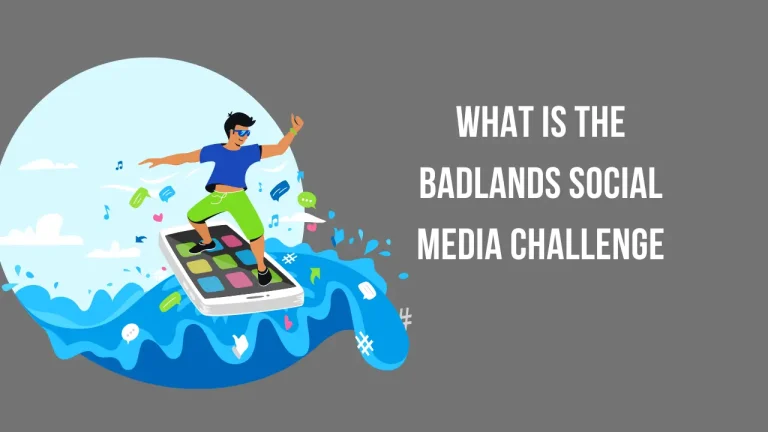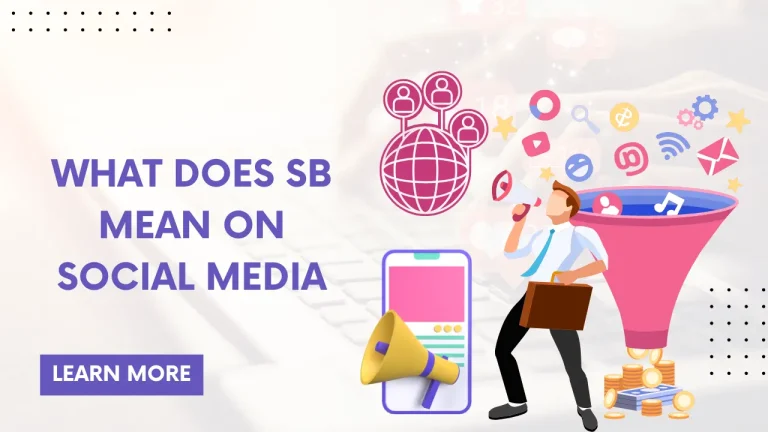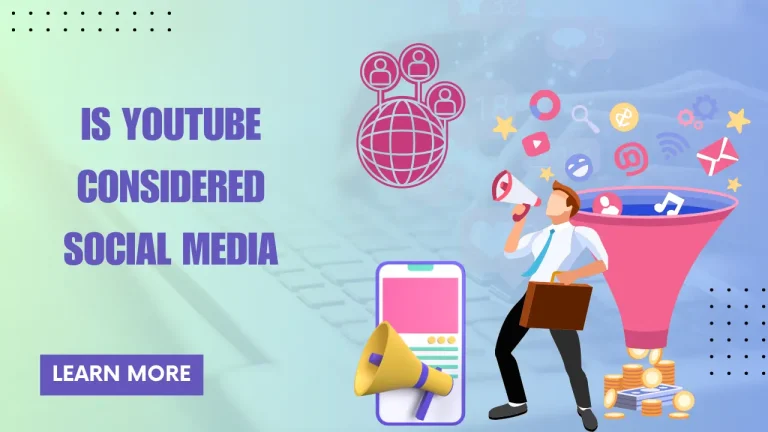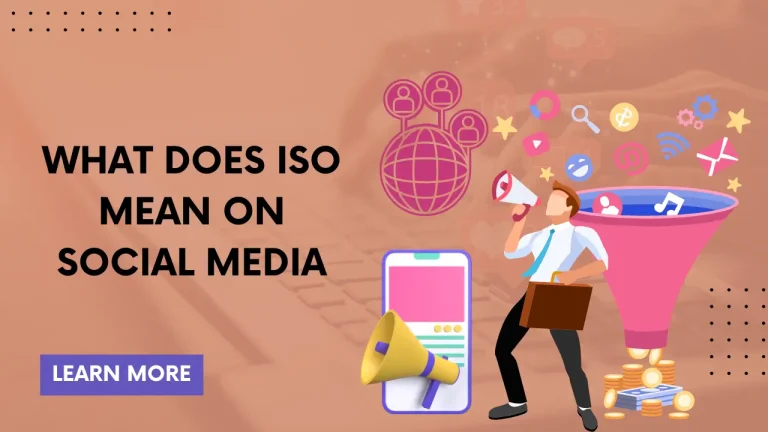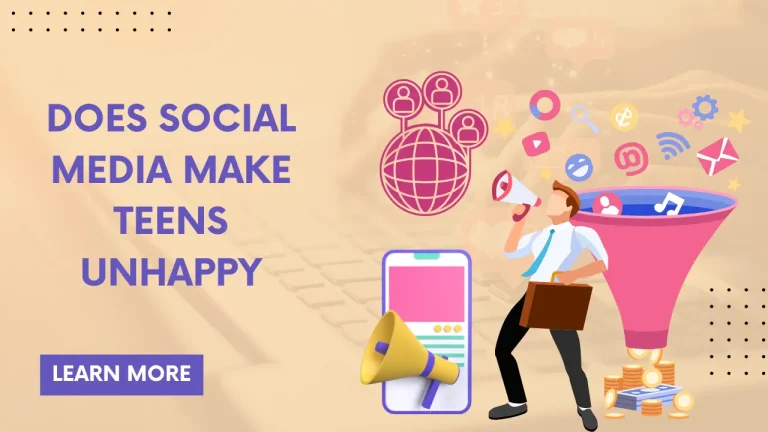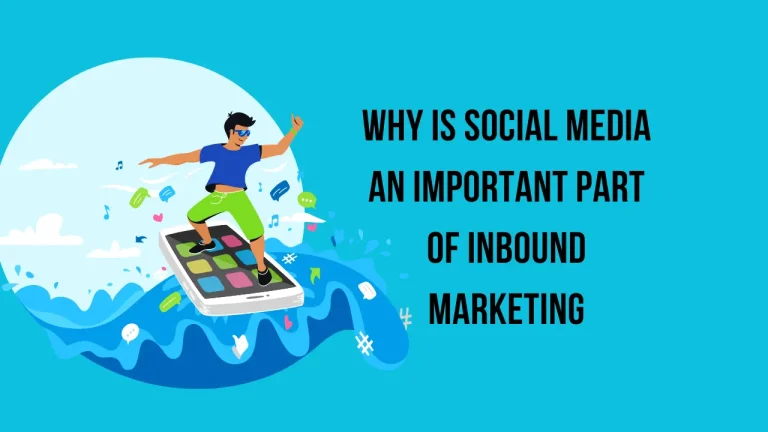What Is Whitelisting In Social Media
Are you curious about how social media platforms manage and filter content? One important tool they use is called whitelisting. What Is Whitelisting In Social Media?
Whitelisting plays a vital role in maintaining brand safety and ensuring that only approved content is seen by users. In this article, we will delve into the concept of whitelisting in social media and its significance for businesses and influencers.
Whitelisting refers to the process of allowing specific content or accounts to be visible on a platform while blocking others. It helps social media platforms filter out inappropriate or harmful content, protecting users from spam, scams, or offensive material. Additionally, brands can utilize whitelisting to maintain control over their online presence by curating the type of content associated with their name.
For influencer marketing campaigns, whitelisting offers numerous benefits. It enables brands to collaborate with trusted influencers whose posts align with their values and target audience, ensuring authentic promotion.
To implement an effective whitelisting strategy on social media, there are some key tips to consider. Stay tuned as we explore these strategies later in this article.
Now that you have a basic understanding of what whitelisting entails let’s dive deeper into how it works and why it matters in today’s digital landscape.
Key Takeaways
- Whitelisting allows specific content or accounts to be visible while blocking others on social media platforms.
- It helps filter out inappropriate or harmful content and protects users from spam or offensive material.
- Brands can use whitelisting to maintain control over their online presence and curate the content associated with their name.
- Whitelisting benefits influencer marketing campaigns by ensuring collaboration with trusted influencers whose posts align with brand values.
Understanding Content Filtering on Social Media Platforms
Are you curious about how social media platforms filter the content you see?

Content filtering is an essential aspect of social media platforms that helps ensure a positive user experience by removing inappropriate or harmful content. However, implementing effective content filtering presents several challenges for these platforms.
One major concern is user privacy implications. Social media platforms must strike a balance between protecting user privacy while still providing a personalized and relevant content feed.
Another challenge faced by these platforms is the constant influx of new and diverse content, making it difficult to accurately categorize and filter everything in real-time.
Despite these challenges, social media platforms strive to improve their content filtering systems to create safer online environments.
Now, let’s explore how whitelisting helps manage content on social media without compromising user experience.
How Whitelisting Helps Manage Content on Social Media
By utilizing a carefully curated list, businesses can effectively control and filter the content that appears on their online platforms. One method of achieving this is through whitelisting, which allows only pre-approved content to be displayed while blocking everything else. Unlike blacklisting, which blocks specific content deemed inappropriate or harmful, whitelisting focuses on allowing trusted sources and approved content to be shown.
This approach has its pros and cons. On one hand, whitelisting ensures brand safety by preventing unwanted or offensive material from being displayed. However, it can also limit creativity and potentially exclude valuable voices from the conversation. Artificial intelligence (AI) plays a crucial role in managing whitelisted content on social media platforms.
It helps automate the process of reviewing and approving content based on predetermined criteria, making it more efficient and scalable. Transitioning into the next section about ‘the importance of whitelisting in maintaining brand safety,’ it’s clear that by implementing effective whitelisting strategies, businesses can safeguard their brand reputation and create a safer online environment for users.
| Pros | Cons |
|---|---|
| Ensures brand safety | Limits creativity |
| Prevents unwanted or offensive material | May exclude valuable voices |
| Automates content review process with AI |
Table: Pros and Cons of Whitelisting Content on Social Media
The Importance of Whitelisting in Maintaining Brand Safety
To maintain a safe and secure online environment for your brand, it’s crucial to prioritize the importance of implementing effective content control strategies.

One such strategy is whitelisting, which allows you to pre-approve specific sources or individuals whose content can be shared on your social media platforms. Whitelisting offers several advantages over blacklisting, as it focuses on allowing only trusted and authorized content rather than blocking unwanted or harmful content.
By using whitelisting, you have greater control over the type of content associated with your brand, ensuring that it aligns with your values and maintains brand safety. However, implementing a whitelisting strategy on social media does come with its challenges. It requires careful monitoring and constant updates as new sources emerge or existing ones change their content.
Additionally, there may be instances where legitimate sources are mistakenly excluded from the whitelist or malicious actors find ways to bypass the system.
Transitioning into the subsequent section about benefits of whitelisting for influencer marketing campaigns:
While there are challenges in implementing a whitelisting strategy, it brings significant benefits for influencer marketing campaigns.
Benefits of Whitelisting for Influencer Marketing Campaigns

One of the key advantages of implementing a whitelisting strategy for influencer marketing campaigns is that it provides greater control over the content associated with your brand, ensuring alignment with your values and maintaining brand safety.
By whitelisting specific influencers, you can carefully curate the content that is associated with your brand and ensure that it meets your standards. Furthermore, whitelisting allows you to measure the success of these campaigns using specific metrics such as reach, engagement, and conversions.
However, there are challenges in implementing a whitelisting strategy for influencer marketing campaigns. It requires identifying and vetting suitable influencers who align with your brand’s image and negotiating partnerships with them. Additionally, ongoing monitoring and communication are necessary to maintain a successful collaboration.
Transitioning into the subsequent section about tips for implementing an effective whitelisting strategy on social media involves understanding these challenges and developing strategies to overcome them seamlessly.
Tips for Implementing an Effective Whitelisting Strategy on Social Media
If you want to supercharge your influencer marketing campaigns, here are some tips to nail your content partnerships and ensure brand alignment. Implementing an effective whitelisting strategy on social media can help you achieve these goals. When it comes to whitelisting, there are a few best practices you should keep in mind.
First, carefully select the influencers who align with your brand values and target audience. This will ensure that their content resonates with your followers.
Second, establish clear guidelines and expectations for the partnership, including the type of content that should be created and any specific messaging or hashtags that need to be included.
Finally, regularly monitor and analyze the performance of the whitelisted posts to identify what works best for your brand.
By following these strategies, you can maximize the impact of your influencer marketing campaigns and drive meaningful results.
| Implementing Strategies | Best Practices |
|---|---|
| Carefully select influencers who align with brand values | |
| Establish clear guidelines and expectations for partnership | |
| Monitor and analyze performance of whitelisted posts regularly |
Frequently Asked Questions
Conclusion
In conclusion, whitelisting is a crucial tool for managing content on social media platforms. It helps maintain brand safety by allowing only approved content to be displayed, reducing the risk of harmful or inappropriate content being shared.
Whitelisting is also beneficial for influencer marketing campaigns, as it enables brands to work with trusted and relevant influencers.
By implementing an effective whitelisting strategy, businesses can ensure their social media presence remains safe and aligned with their brand values.

